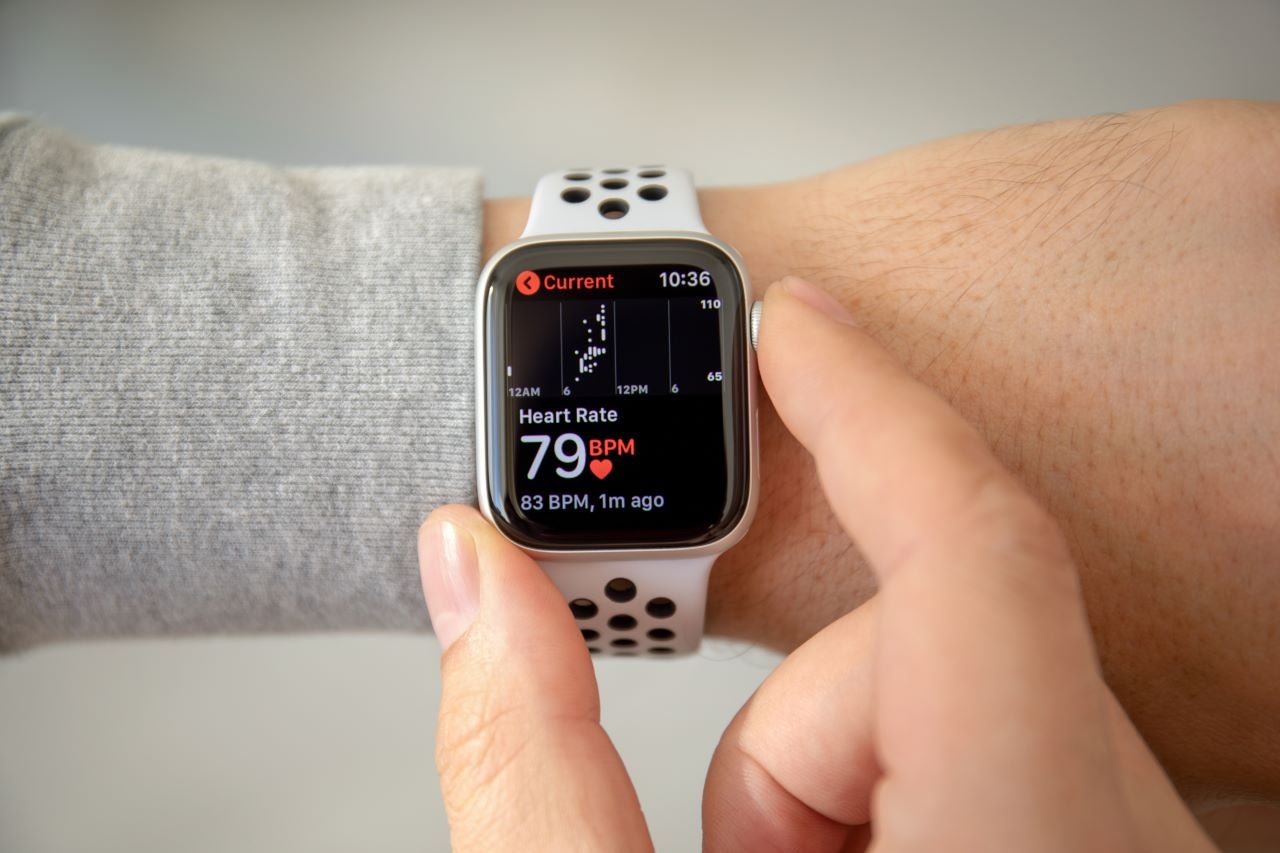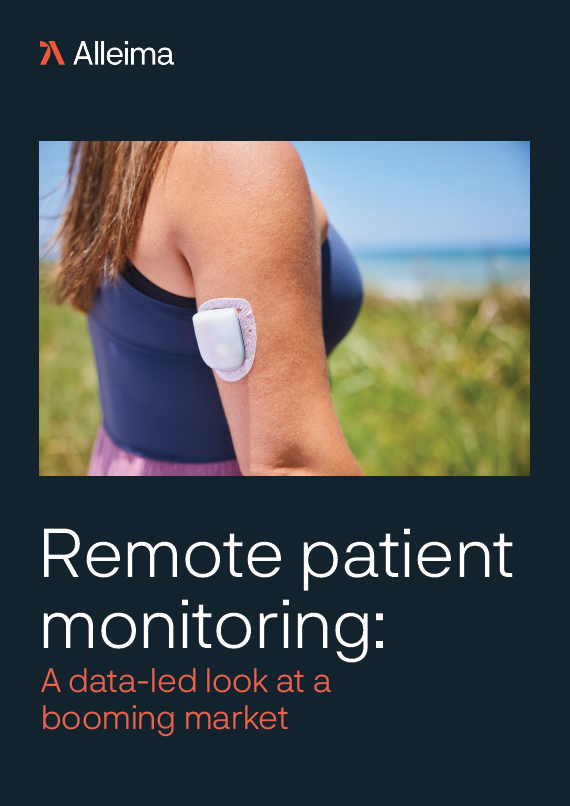The successful FDA clearance of atrial fibrillation detection on the Apple Watch in 2020 was an impressive achievement for a device targeted at general consumers. It was heralded as a potential disruption to traditional medical device manufacturers and a sign of things to come. The reality is that it remains a relative outlier, as Apple did not acquire class-2 medical device certification from the FDA when adding a pulse oximetry function to the Apple Watch 6, instead opting for the easier route of declaring it a wellness feature.
Navigating the high burden of efficacy, accuracy, and safety requirements placed on medical devices is incredibly difficult to do if not planned for from the outset of development. As a result, consumer electronics manufacturers who seek to add a marketable feature to a finished product are at a severe disadvantage in the process. This has not been the case for existing medical device manufacturers who are finding that leveraging smartphones to complement their products delivers a lot of value to users and can save them by producing an application-specific base unit.

US Tariffs are shifting - will you react or anticipate?
Don’t let policy changes catch you off guard. Stay proactive with real-time data and expert analysis.
By GlobalDataThis trend is most apparent with continuous glucose monitors such as the Dexcom G7, where wireless sensors are able to interface directly with a smartphone app rather than requiring users to carry around a robustly constructed and less user-friendly interface. The combination of highly precise medical hardware with more flexible and intuitive mobile applications is highly desirable for consumers while also allowing manufacturers to streamline their hardware and software product offerings.
The potential disruption to the medical device market by consumer electronics manufacturers has not materialised. There is little incentive for them to conform to the inflexible requirements of medical devices when a wellness feature will market just as well. The shift towards more comfortable and consumer-friendly medical devices is being led by companies within the industry as they embrace using their hardware paired with mobile apps running on consumer electronics.







